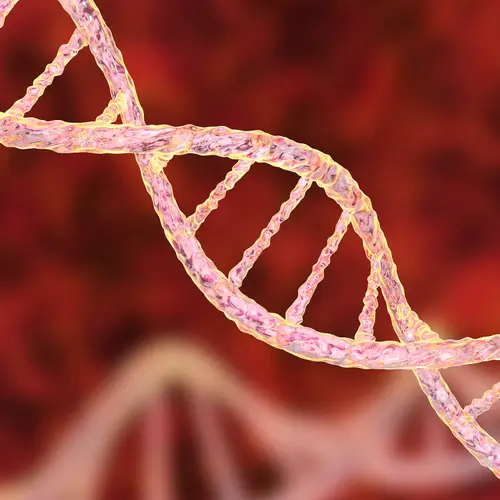The Feingold diet is designed to help kids with symptoms of attention deficit hyperactivity disorder (ADHD), dyslexia, and other learning disabilities. It involves avoiding certain foods that some people think make symptoms worse.
Those who support the diet believe that taking artificial food coloring or sweeteners, preservatives, and some fruits and vegetables out of a kid’s diet can help with focus and behavior.
Research about the diet is mixed. Some experts say it may help some kids but not all.
You shouldn’t use the diet in place of your child’s ADHD medications or therapy.
The Diet Basics
You eliminate certain foods or ingredients, even if they’re in medicine or toothpaste.
The list of off-limit foods and ingredients includes:
- Artificial food colors, dyes, and flavors
- Artificial fragrances in foods, air fresheners, or lotions
- Artificial sweeteners, including aspartame, sucralose, or saccharin
- Food preservatives BHA, BHT, and TBHQ
- Salicylates, which some foods contain naturally and which are also in some medications
Some foods that have salicylates include:
- Almonds
- Apples
- Apricots
- Berries
- Cherries
- Coffee
- Cucumbers and pickles
- Grapes and raisins
- Nectarines and oranges
- Peaches
- Peppers
- Plums
- Tea
- Tomatoes
The diet works in two phases:
- Phase 1: Your child avoids foods or products that have ingredients on the list. Some people say they notice a difference within days.
- Phase 2: Your child can begin to try these same foods one at a time to see if symptoms come back. That way you learn what may be causing a reaction in your child.
History of the Feingold Diet
The diet was developed in the 1970s by Benjamin Feingold, MD, a pediatrician and allergist from San Francisco. He came up with it when treating kids with hives from allergies.
Feingold began studying the diet’s effect on the children and came up with the theory that artificial food colors, additives, preservatives, and even natural salicylates can cause ADHD symptoms or learning problems.
Does It Work?
Some experts say the diet may ease ADHD symptoms only in kids who happen to be sensitive to these foods.
The U.S. Food and Drug Administration (FDA) regulates food colors and additives to make sure they’re safe, but it’s possible that some people may have reactions to them.
In 2010, an FDA panel released a report based on many studies of the Feingold diet. The report found that artificial food colors, flavors, or preservatives likely only affect kids who can’t tolerate them, probably because of their genes. And a 2013 review published in the American Journal of Psychiatry showed that kids who happen to be sensitive to certain foods may show improved ADHD symptoms if they avoid them.
So while there have been several studies looking at the link between food and symptoms, there’s no proof that certain foods or ingredients cause ADHD, dyslexia, or learning and behavior problems.
However, some doctors think cutting out artificial food additives or flavors may ease mood problems in kids with autism. They also think processed foods and sweets can raise the risk of depression in kids and teens.
Other Diet Changes to Try
In one study, scientists found a link between ADHD rates and kids who grow up eating diets high in processed foods, salt, and sugar and low in omega-3 fatty acids, fiber, and folates. They found lower rates of ADHD in kids who eat diets rich in fish, fresh fruits and vegetables, legumes, and whole grains. So serving your kids a healthy diet of natural foods might be a good idea.
Swapping out candy or processed snack foods, which often contain artificial colors or flavors, for healthy foods may also help your child’s symptoms for other reasons. Whole, natural foods may help your child’s blood sugar levels stay even, which can help ease ADHD symptoms.
In another small study of both adults and children with ADHD, 15% of them were found to also have celiac disease. This is a condition that makes it hard to digest foods that have gluten. It’s found in wheat, barley, and rye. A gluten-free diet helped that group with focus and behavior symptoms.

